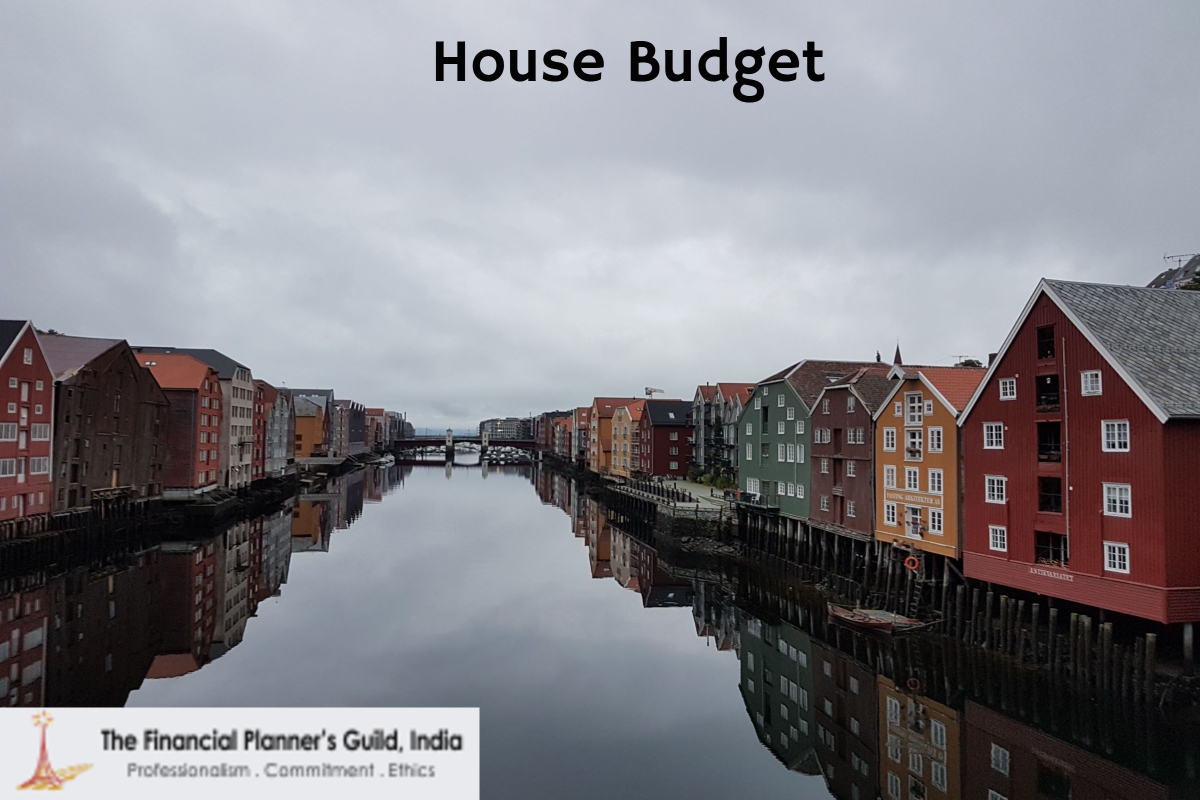
Gone are the times when owning a house used to be a lifetime achievement. Today, happily enough, most of us are able to own a house pretty early in our lives. The entire meaning of buying a house has also got upgraded i.e. from being a place of shelter to a lifestyle statement. Spending significant amounts for doing up the house is a common place phenomenon now, which gets finalized over a cup of tea. Also, a lot of money is lavished on various lifestyle products to enhance the look and feel of the house. There are actually a whole lot of options available in the market giving people a lot of choice to exercise, depending on their style, utility and budget.
 The important point to keep in mind is to maintain a balance between utility and aesthetics. And of course, this has clear financial implications. It will be prudent to examine the following points regarding doing up the house to realize better space utilization, along with higher value of investments.
The important point to keep in mind is to maintain a balance between utility and aesthetics. And of course, this has clear financial implications. It will be prudent to examine the following points regarding doing up the house to realize better space utilization, along with higher value of investments.
1. Prepare a utility plan: Buy a house and make it a home! A house that appeals to everyone’s needs who will be living in it. Discuss in detail the requirements of people, understand and document them.
The floor area can be divided as per the requirements. Structural changes (in an apartment) should not be avoided if the need arises. For example older people may prefer a separate area for worship and meditation where as the kids in the family may need more floor space to play. If there is a space constraint, invest in buying a folding bed and chairs for the kids. A corner with deities on the wall can help you free up the floor space. Small additions like laundry area, message centre, charging station can ease your everyday life without much of expense.
2. Get all necessary approvals: Once you have got all the requirements documented, the next step would be to figure out whether all the plans can be translated into reality. This reads a bit weird but the fact is sometimes there could be a mismatch between planning and execution. There are a lot of restrictions i.e. legal, operational or social which may prohibit your plans from being executed in the way you would have wanted. Talk to the RWA (Resident Welfare Association), builder and even contractors to validate your plans and check if all those changes can be operationalized.
a. Make a list of all the conceivable changes and discuss it with the construction engineer on the site. They can guide you on what is possible and what is not. E.g. Bathroomis the smallest and generally complicated piece of area when it comes to designing.
b. Make sure that the project has got the ‘No Objection Certificate’ from concerned authorities.
c. Also talk to RWA personnel to ensure all social and common interests are taken into account and you don’t accidentally violate any of them
3. Prepare a budget: Both, top-down and bottom-up,approaches can be used while preparing the budget. Top-down approach would mean that you have decided upon an amount within which you want to manage everything, which is what is usually the case. Otherwise, if you have sufficient funds, you can go bottom-up i.e. plan out all the utility and decoration, get a rough estimate and add up to arrive at the near required budget. You must add 15-20% buffer to the estimate to account for overflows.
To give you a benchmark about making a budget, people spend about 10-15% of the cost of the house on the woodwork, structural changes, furniture, wall painting, electrical fittings, appliances and general furnishings. But, of course, this budget is completely your decision depending on your financial situation and preferences.
Planning the details of the house can really help you control the expenses better. Carry out a detailed market survey; get a feel of the cost to avoid last moment surprises.
4. Ready your finances: Once your budget is ready, the next step is to finance it. Prepare a detailed list of savings or investments you want to use for the purpose. While liquidating your investments analyze them for tax implications and opportunity loss. It will be judicious to keep the amount ready in readily liquid assets.
Home improvement is a discretionary expense which can be done gradually over a period of time. Revisit your budget if it is not possible to finance the complete plan. Though various loan options like top-up loans, home improvement loans, personal loans are available, you should avoid unwanted debt as far as possible.
5. Phase wise implementation: The implementation plan can be further broken down into ‘absolutely necessary’ to ‘optional’ work or purchases. They can be categorized as work to be done before shifting into the house or after shifting. For example, structural changes and woodwork should be given priority over buying furniture, which can be easily done after shifting. This will help you use your budget more effectively.
Home improvement plan should be made a part of your financial planning exercise for the year. It is a step further in the direction of feeling more confident about your house purchase decision.
FPG India ©2024. All Rights Reserved.
Designed & Developed by W3M Technoz
Comments are closed.